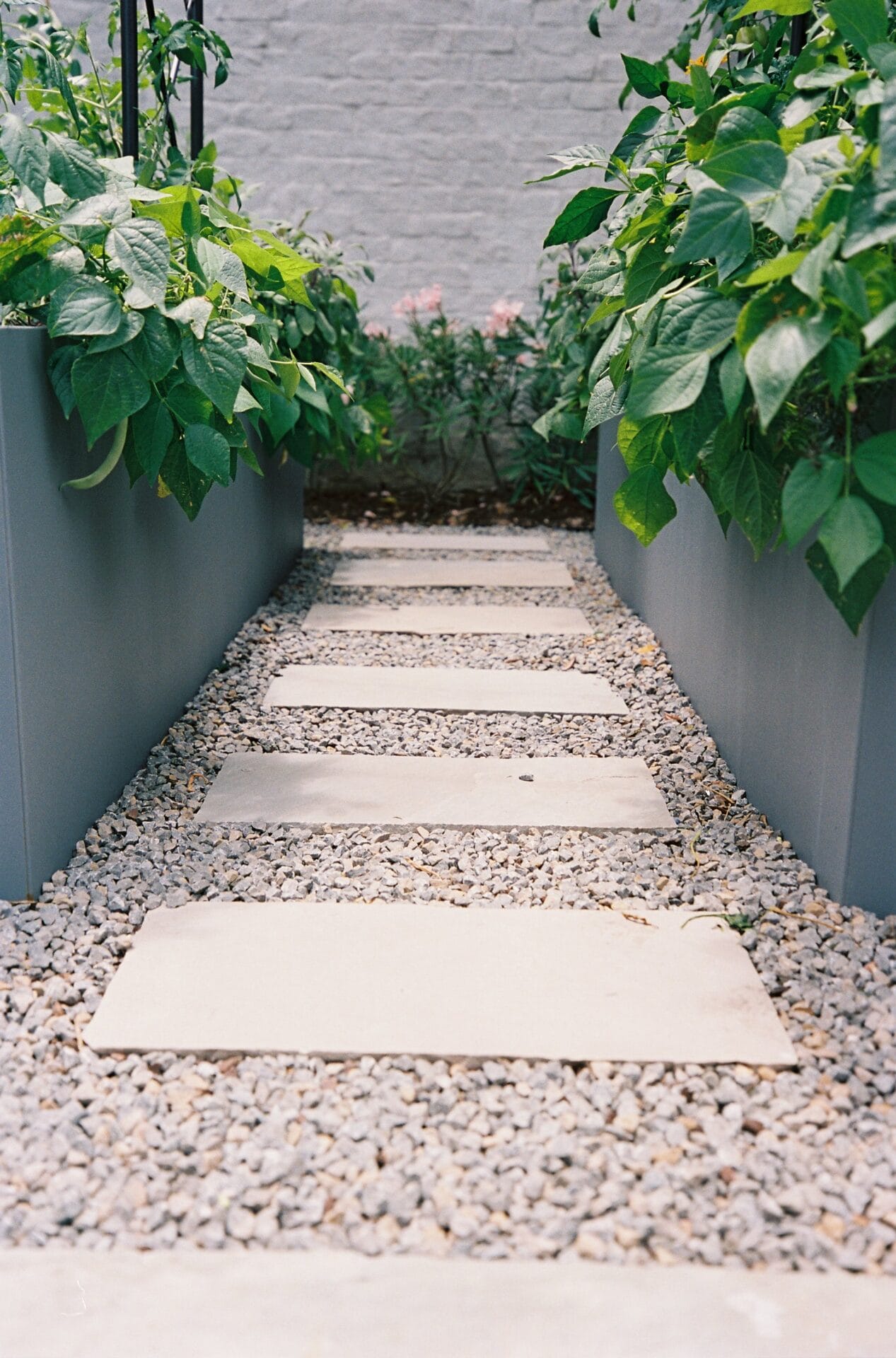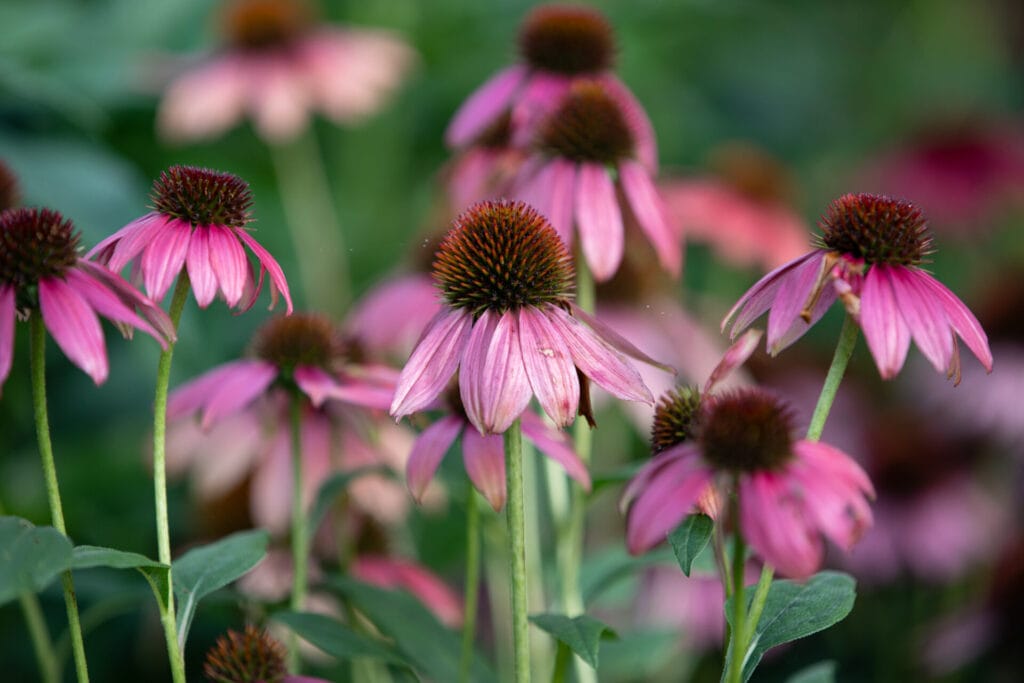The Role of Native Plants in Sustainable Landscaping
By Innovation Grounds
When it comes to creating an eco-friendly, low-maintenance landscape, native plants play an essential role. As the world becomes more conscious of environmental issues, native plants landscaping has gained significant popularity among homeowners, landscapers, and environmental advocates alike. But what makes native plants such an essential element in sustainable landscaping? Let’s explore the numerous benefits of using native plants in your landscaping projects and how they can contribute to a greener, more sustainable world.
What Are Native Plants?
Native plants are species that have evolved and adapted to the local climate, soil, and ecosystems over thousands of years. These plants are naturally suited to the region’s conditions, making them highly resilient and well-equipped to thrive with minimal maintenance. Unlike exotic or non-native plants, native plants have a natural resistance to pests and diseases, and they don’t require excessive water, fertilizers, or chemical treatments to survive.

Benefits of Native Plants Landscaping
1. Water Conservation
One of the most significant advantages of native plants landscaping is its ability to reduce water consumption. Native plants are adapted to the local climate, so they typically require less water than non-native species. They are drought-tolerant and can survive with the natural rainfall in the area, eliminating the need for constant irrigation. This not only saves water but also reduces water bills, making it a cost-effective solution for homeowners and businesses.
2. Low Maintenance and Cost-Effective
Native plants are well-suited to the local environment, meaning they don’t need the extra care and attention that many exotic plants require. They are more resistant to pests, diseases, and environmental stresses, which reduces the need for chemical pesticides and fertilizers. This makes native plants landscaping a low-maintenance choice for gardeners and homeowners. Additionally, the reduced need for irrigation, fertilizers, and pest control can save money in the long run.
3. Biodiversity and Habitat Preservation
By incorporating native plants into your landscape, you contribute to the preservation of local biodiversity. Native plants provide essential habitat and food sources for native wildlife, including pollinators like bees, butterflies, and birds. When you create a native plant garden, you’re not only enhancing the beauty of your space but also supporting the local ecosystem. This promotes a healthy balance of flora and fauna, helping to maintain the natural integrity of your area.
4. Soil Health and Erosion Control
Native plants have deep-root systems that help prevent soil erosion by stabilizing the soil. Their roots anchor the ground and help retain moisture, reducing runoff and improving water quality. In addition, native plants contribute to soil health by promoting the natural balance of nutrients. They often thrive without the need for chemical fertilizers, ensuring that your landscaping practices are gentle on the soil and environment.
5. Climate Resilience
As climate change continues to affect our planet, native plants provide an added benefit of being more resilient to local climate conditions. These plants have evolved to withstand fluctuations in temperature, rainfall, and other environmental factors. Whether you’re dealing with droughts, floods, or extreme temperatures, native plants are better equipped to survive and thrive in the changing climate, making them a sustainable and future-proof choice for landscaping.

How to Incorporate Native Plants Into Your Landscape
If you’re ready to make the switch to native plants landscaping, there are several ways to start:
Research Your Region’s Native Plants: Each region has its own set of native plants, so it’s essential to know which species are best suited for your area. You can consult local nurseries, gardening experts, or online resources to find native plants that thrive in your climate and soil conditions.
Design with Variety: Choose a variety of native plants to create a balanced and aesthetically pleasing landscape. Incorporate a mix of trees, shrubs, grasses, and flowering plants to add texture, color, and seasonal interest.
Consider Wildlife: Select plants that attract pollinators, birds, and other beneficial wildlife. This not only supports the local ecosystem but also creates a vibrant, thriving garden.
Embrace Natural Landscapes: Native plants landscaping doesn’t have to be rigid or overly structured. Let your garden evolve naturally, allowing plants to grow and spread in a way that reflects the local landscape.

Conclusion
Native plants landscaping offers numerous benefits for both the environment and homeowners. From water conservation and reduced maintenance to enhanced biodiversity and soil health, native plants are an essential element in sustainable landscaping. By choosing native plants for your next landscaping project, you are not only creating a beautiful and resilient outdoor space but also making a positive contribution to the local ecosystem and the planet as a whole. Embrace the power of native plants, and take a step toward a more sustainable, eco-friendly landscape today.
By incorporating these plants into your landscape, you’ll be doing your part in creating a healthier and more sustainable world—one garden at a time.



